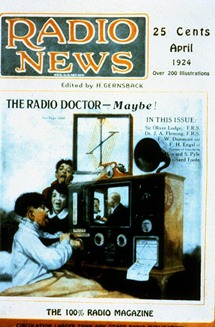Have you ever had something on your plate that just won’t go away because someone is “thinking about it†or trying to “justify it� Sure you have. I know I have. I always wonder what the person is thinking about when it takes months to make a decision. Doesn’t the information you have to make the decision become outdated when you wait that long? I for one, can’t think about anything that long because it gives me a headache. And sometimes you simply can’t justify something; it’s a leap of faith.
One thing is for certain, if you’re waiting for the right moment, the moment will never come. Decisions don’t need to be right or wrong, they simply need to be made. Heaven forbid you make a bad call on something. I seriously doubt anyone has gone through life mistake free. If you never make a mistake you’re not trying hard enough in my opinion. Heck, I’d go as far as to say that some of the most valuable lessons I’ve learned have been from my failures. Sure, the failures sting a little, but that’s what helps one learn from the process.
I believe fear is the cornerstone of indecisiveness; fear of making the wrong decision. Choosing to not make a decision is, in itself, a decision. Unfortunately it’s a decision that people repeat time and time again without learning from the mistake of not choosing. The only way to learn to make good decisions is through the experience gained from making bad decisions. Kind of a circular argument, I know. Go figure.
According to Albert Camus “life is the sum of all your choices.†So what does that say about your life if you don’t make any decisions? Not much.
As Staff Sergeant Nantz so eloquently put it in the movie Battle Los Angeles, “You can go right. You can go left. I don’t give a damn. Just make a decisionâ€.
